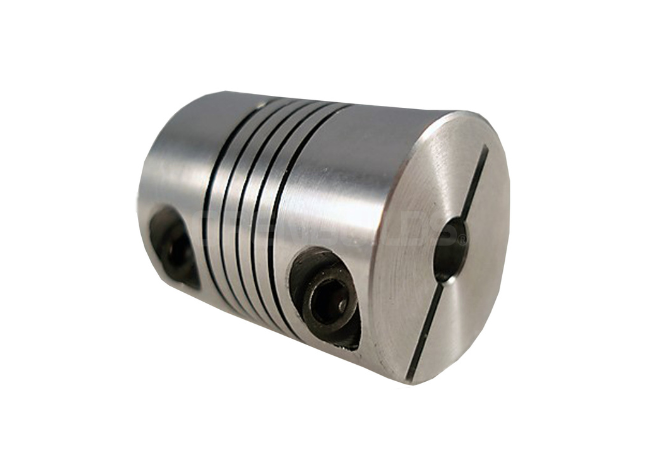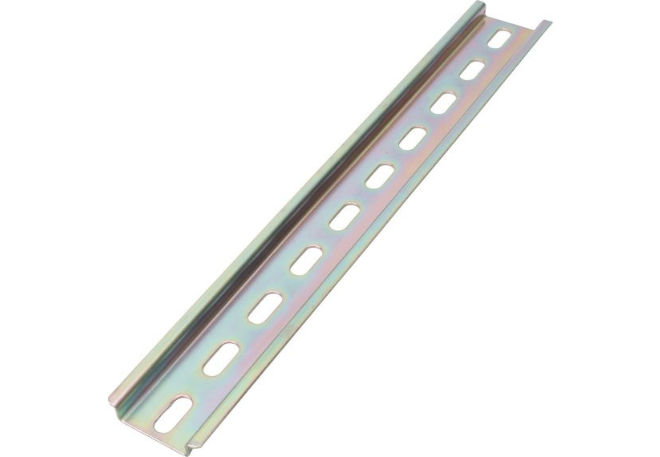The Essential Guide to Flexible Couplings

Flexible couplings are critical components in various mechanical systems, ensuring the smooth transfer of torque between two shafts that may not be perfectly aligned. These devices can accommodate different types of misalignment, including angular, parallel, and axial, ensuring optimal performance, reduced wear, and extended service life. This guide delves into the intricacies of flexible couplings explaining their importance, types, and selection criteria. Understanding the Role of Flexible Couplings Before delving into specifics, it's essential to understand why these components are so critical. In any system where two shafts are connected, there's a possibility of slight misalignments. These misalignments can be due to manufacturing imperfections, thermal expansion, settling of foundations, or operational factors. If unaddressed, they can lead to vibrations, premature wear, and system failures. Enter flexible couplings. These devices can: Compensate for misal

.png)